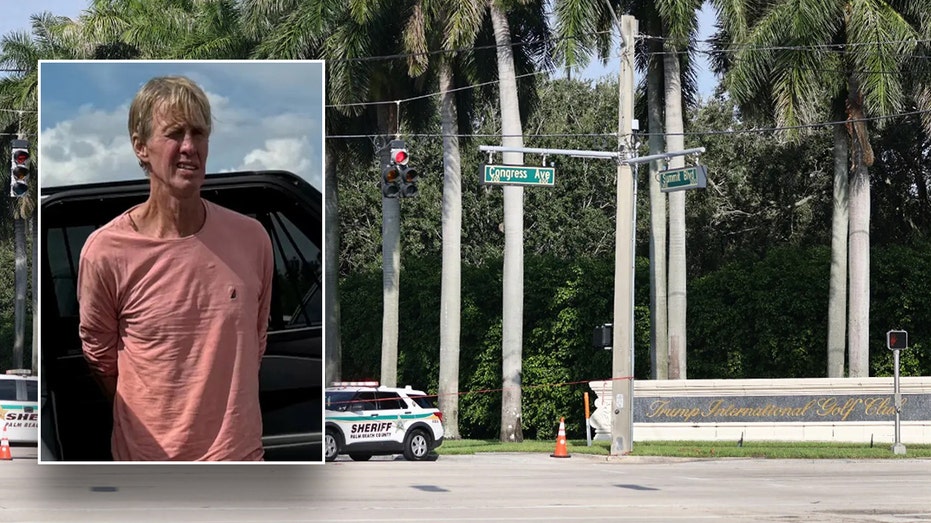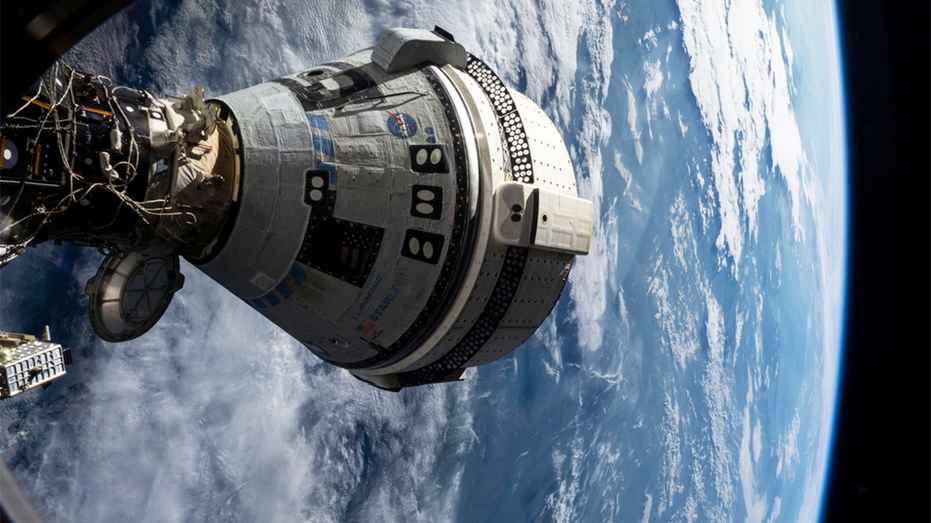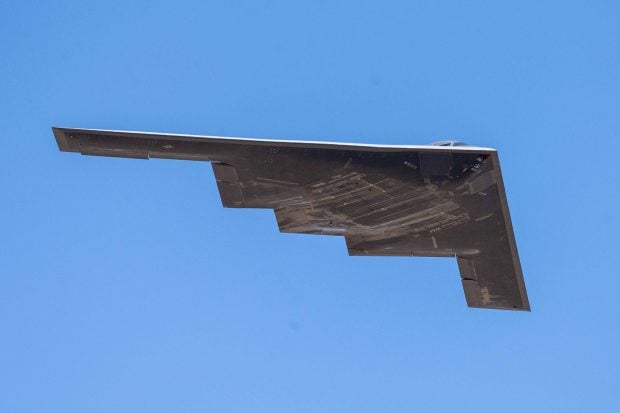Photojournalists Muntaka Chasant and Bénédicte Kurzen and writer Anas Aremeyaw Anas have documented the flow of electronic waste between Europe and Ghana
Sixty-two million tonnes. That is the volume of electrical and electronic waste generated worldwide in 2022, according to the latest Global E-Waste Monitor report published today by the UN. According to the study, if this trend continues, global electronic waste will reach 82m tonnes by 2030. Having long invaded Asia, e-waste from Europe and the US is arriving in extensive quantities in the ports of West African countries such as Ghana, in violation of international treaties. A country renowned for its political stability, Ghana is faced with the proliferation of informal open-air landfill sites.
It was against this backdrop that the investigation by Anas Aremeyaw Anas and photojournalists Muntaka Chasant and Bénédicte Kurzen began. Departing from the dramatic imagery often used by the media to portray Ghana as “the dustbin of the world”, they spent a year documenting this ambiguous and complex exchange, which is a crucial economic opportunity for thousands of people in Ghana but has a considerable human and environmental impact. Together, combining a national and international approach, the team studied the ramifications of e-waste trafficking between Europe and Ghana, revealing the opacity of this globalised cycle, highlighting the embedded paradox of the e-waste economy.


:format(jpeg):quality(80)/wp-content/uploads/2024/09/poli-iasi-universitatea-craiova-superliga-superbet-15092024-1-1-scaled-e1726561821774.jpg)
:format(jpeg):quality(80)/wp-content/uploads/2024/09/scaun-bataie.jpg)




:format(jpeg):quality(80)/wp-content/uploads/2024/09/kau44wcr.jpg)
:format(jpeg):quality(80)/wp-content/uploads/2024/09/turist-german-parere-romania.jpg)
:format(jpeg):quality(80)/wp-content/uploads/2024/09/ursula-von-der-leyen.jpg)
:format(jpeg):quality(80)/wp-content/uploads/2024/09/horia-ivanovici-sabau-u-cluj-rapid-scaled-e1726560120987.jpg)

:format(jpeg):quality(80)/wp-content/uploads/2024/09/paste.jpg)







:format(jpeg):quality(80)/wp-content/uploads/2024/09/barbosu-chiles-scaled.jpg)
:format(jpeg):quality(80)/wp-content/uploads/2024/09/inundatii-2-1.jpg)


:format(jpeg):quality(80)/wp-content/uploads/2024/09/incendiu-case-prahova.jpg)


:format(jpeg):quality(80)/wp-content/uploads/2024/09/fara-titlu-1200-x-700-px-38.jpg)
:format(jpeg):quality(80)/wp-content/uploads/2024/09/prima-femeie-medic-din-romania.jpg)
:format(jpeg):quality(80)/wp-content/uploads/2024/09/reciclare-1.jpg)